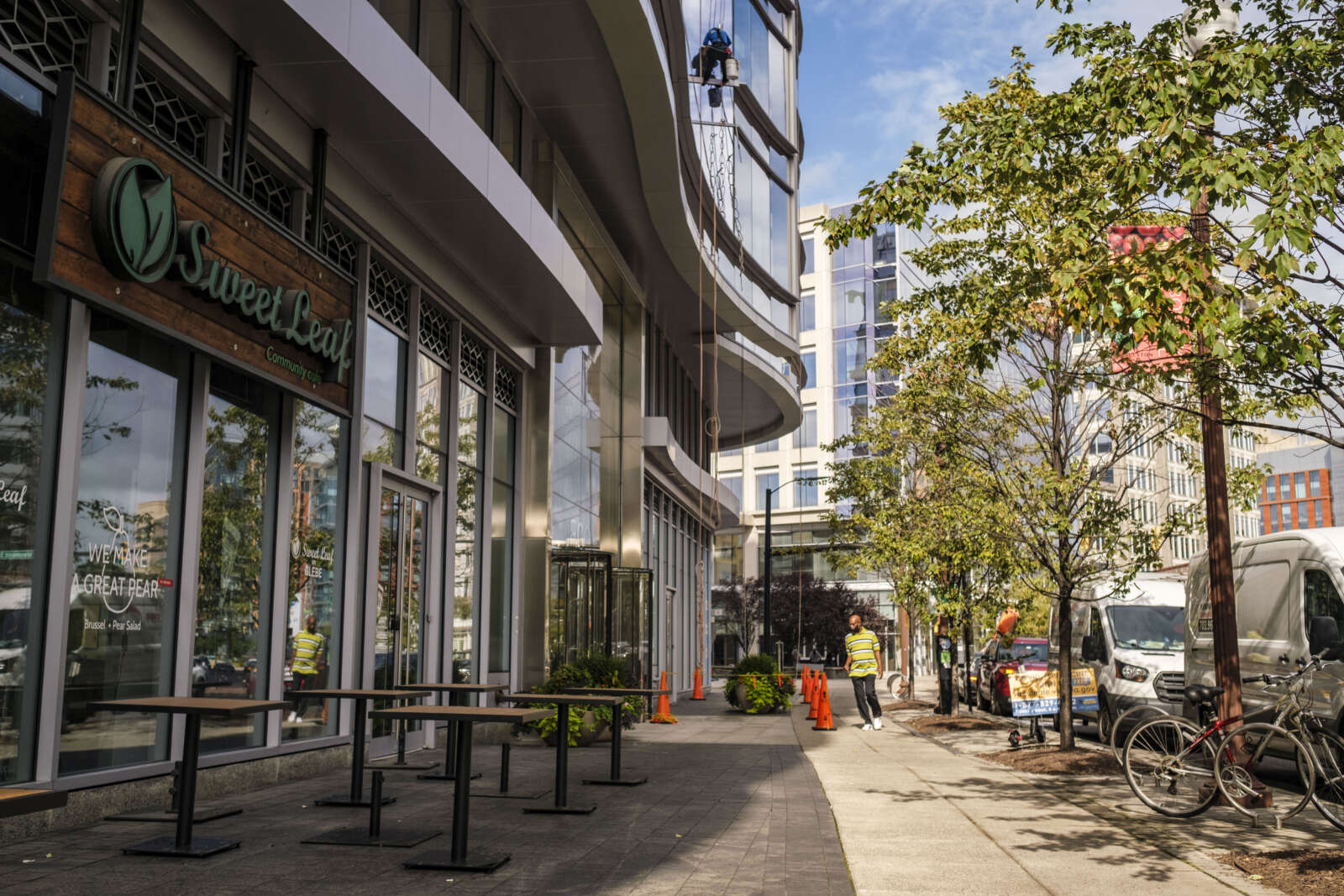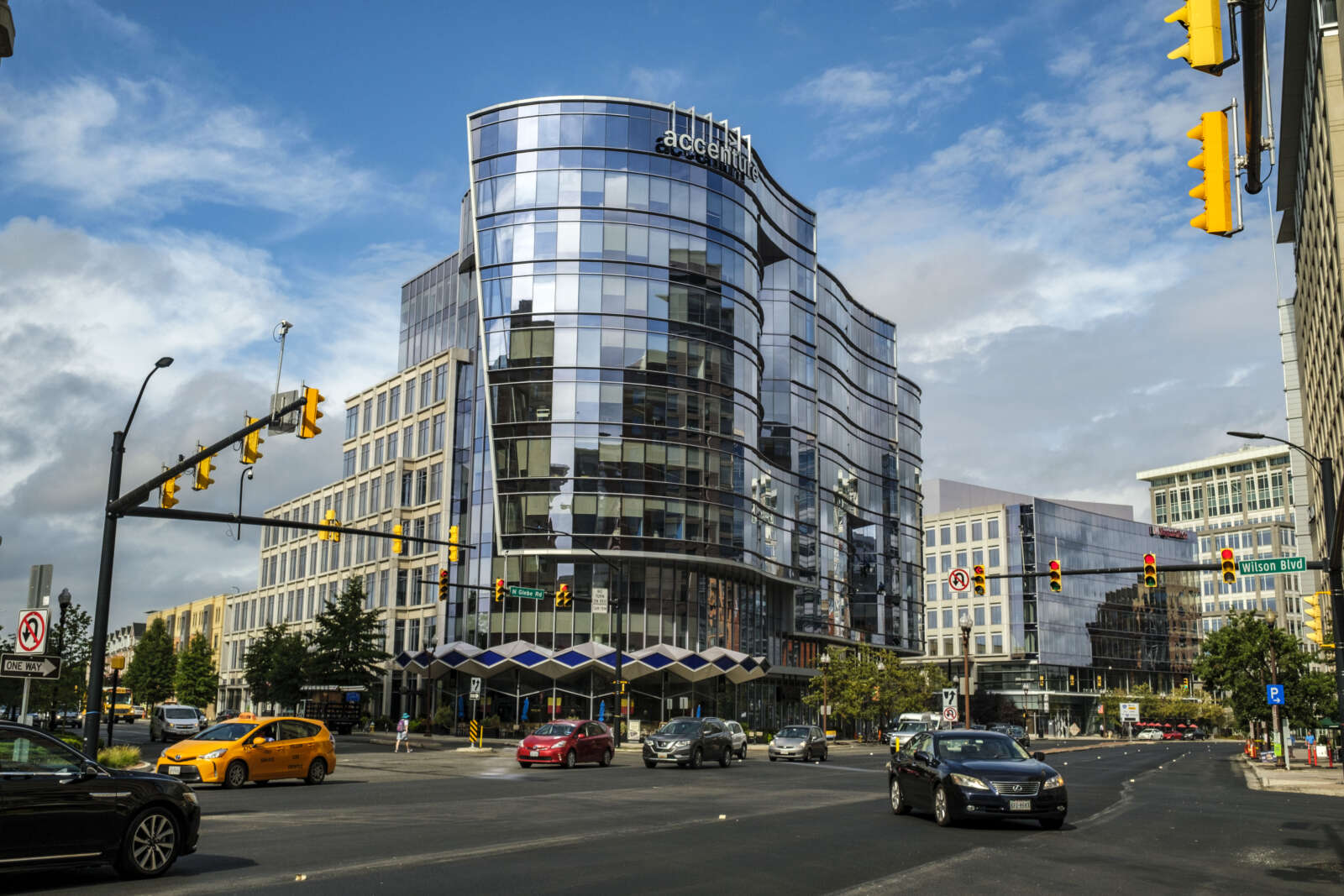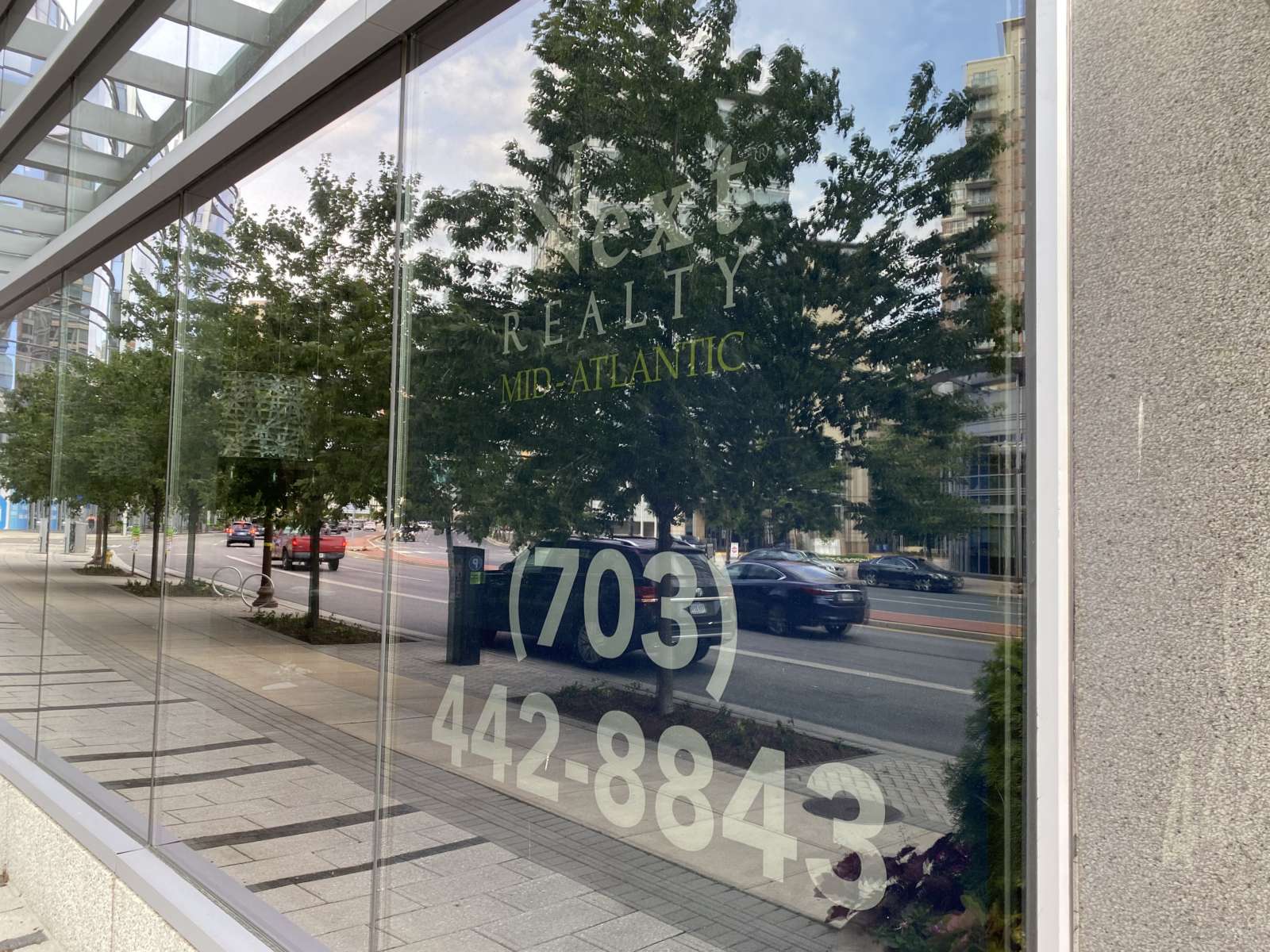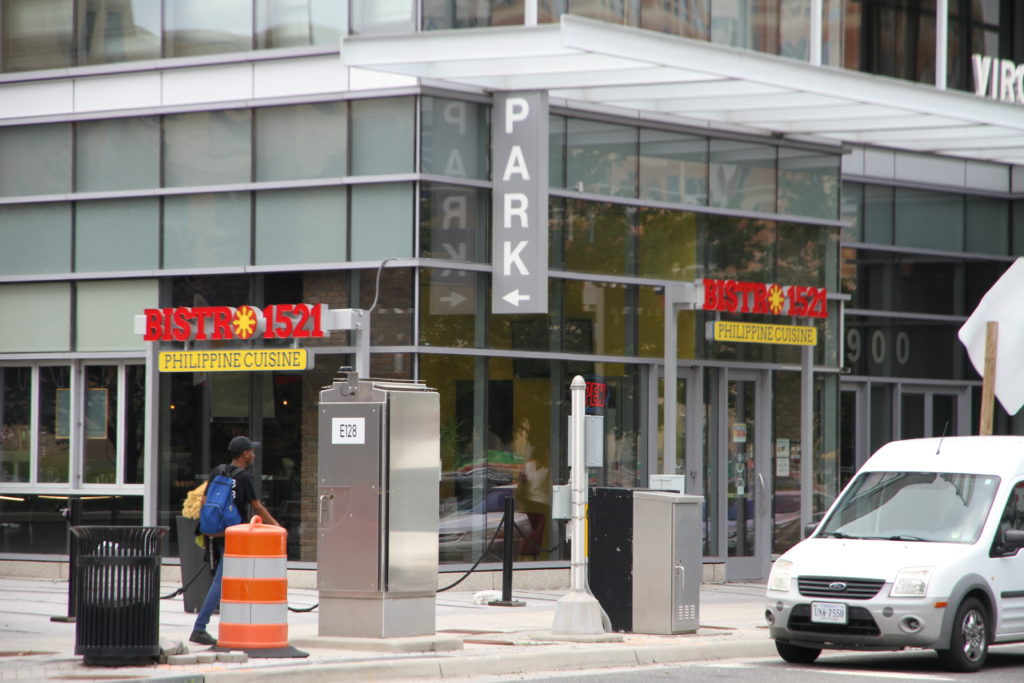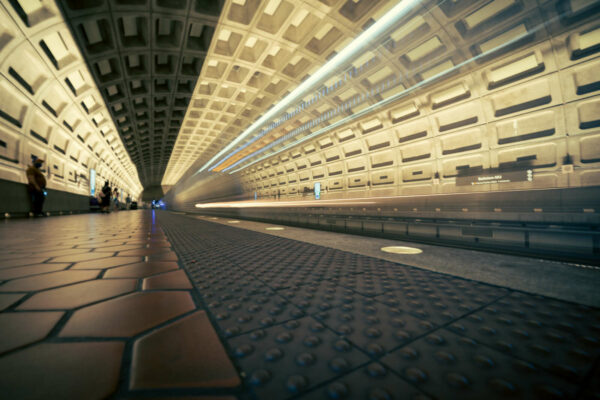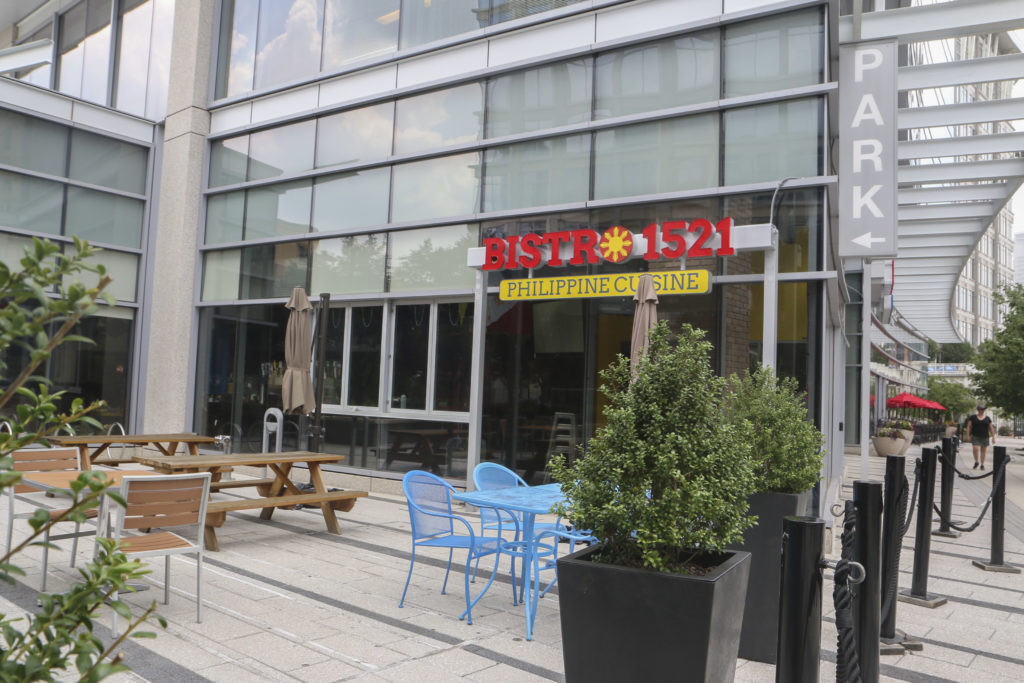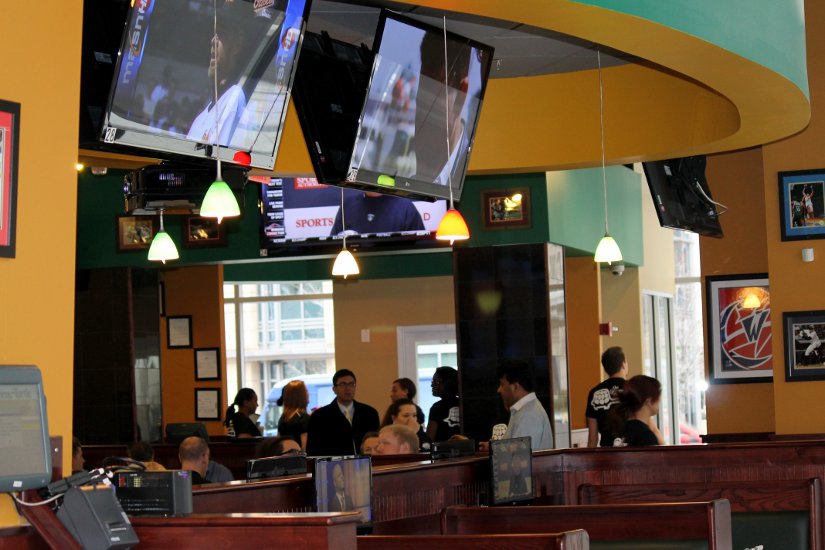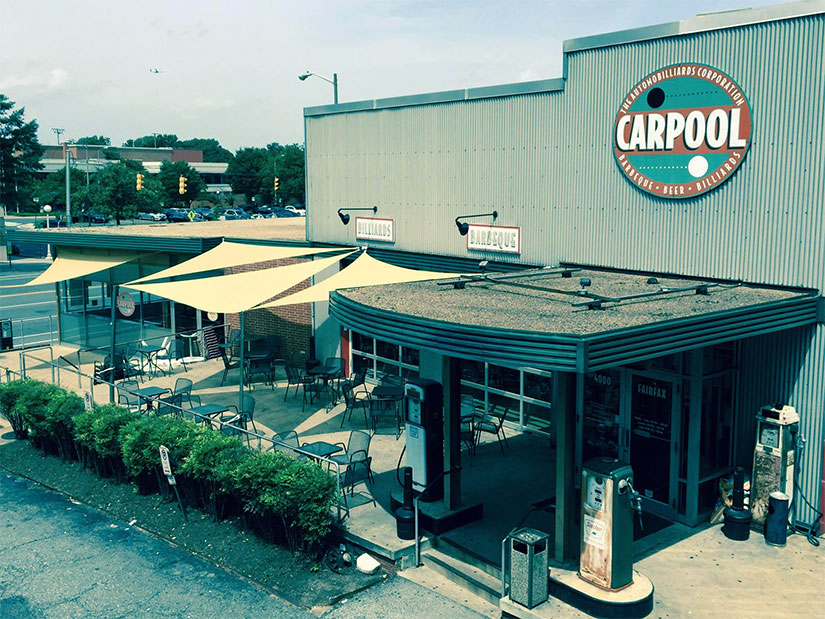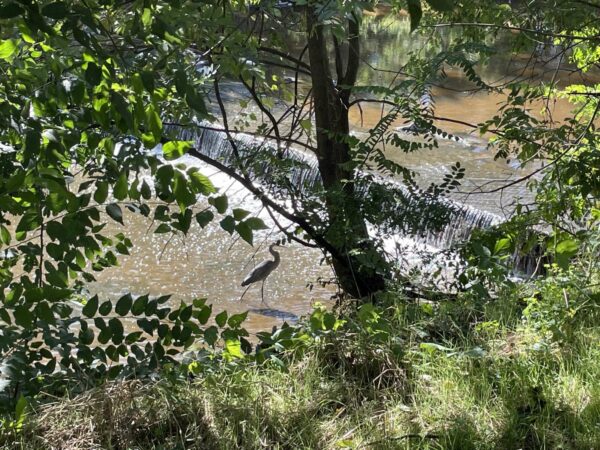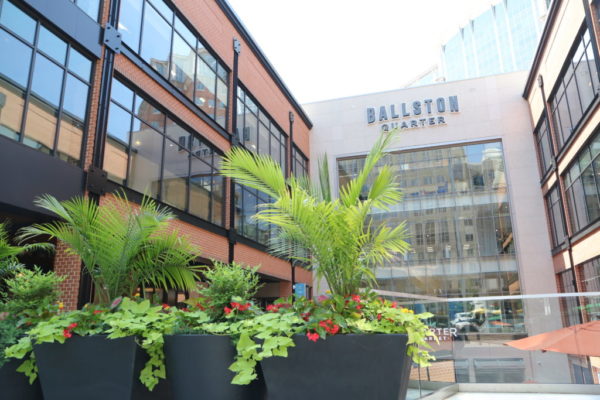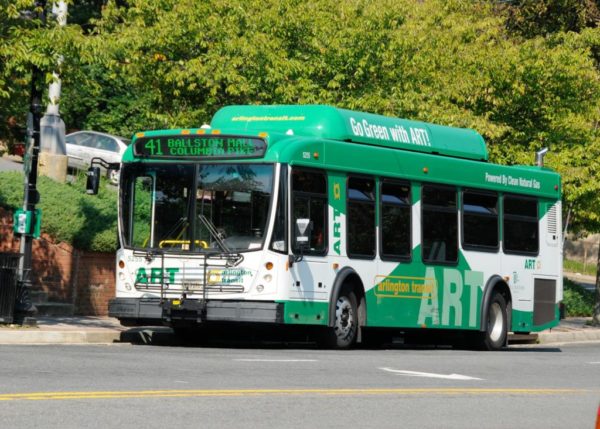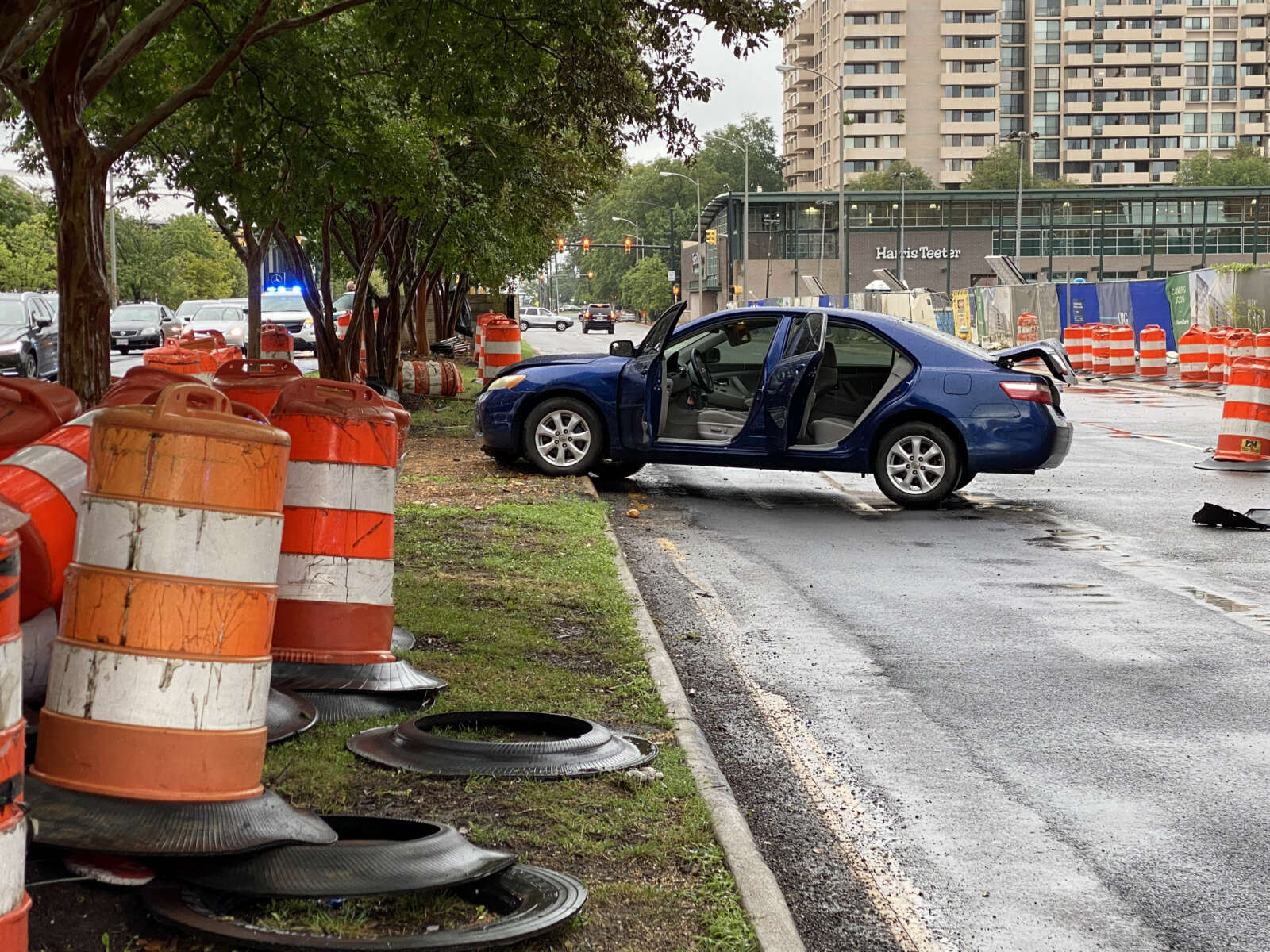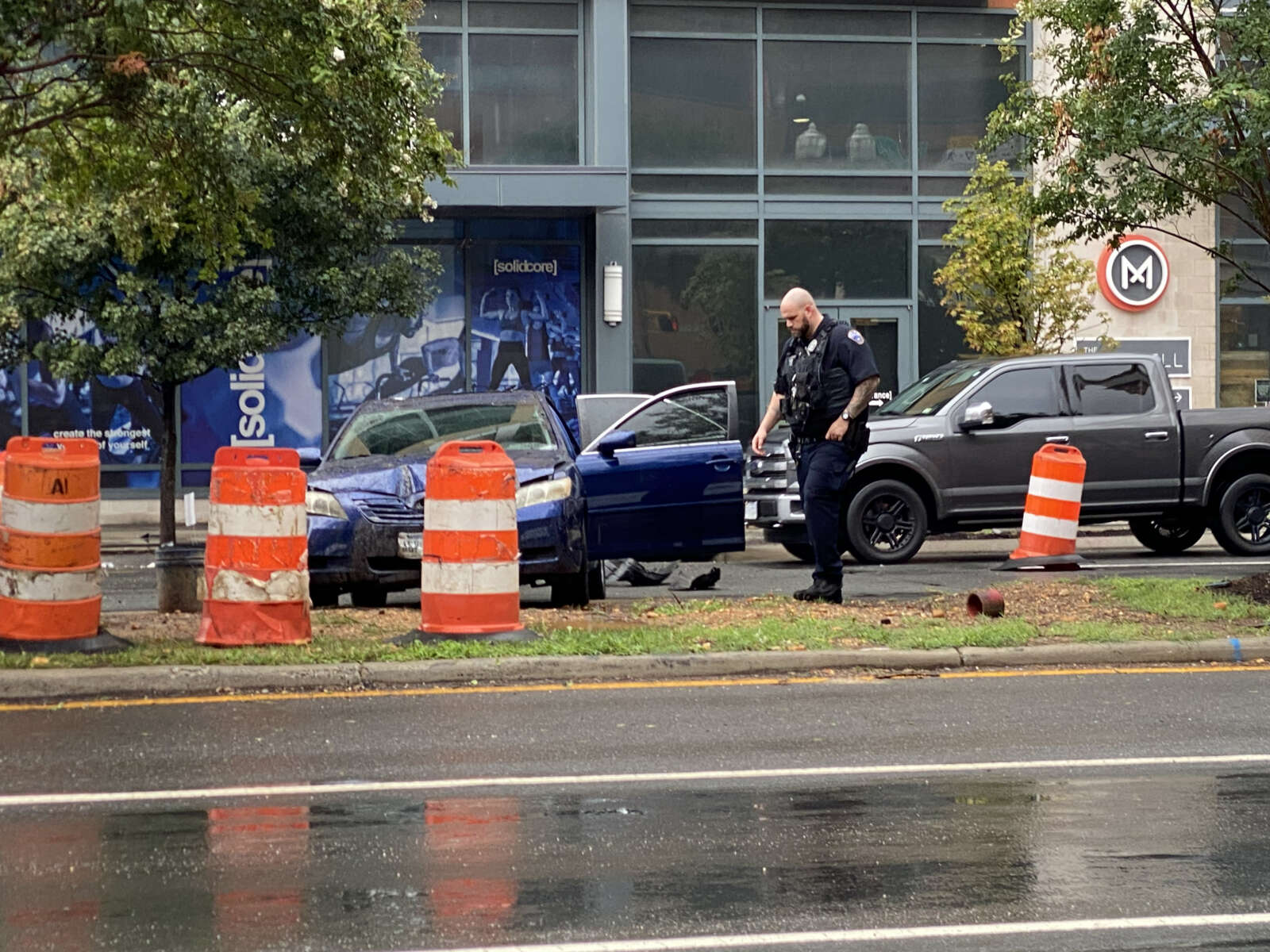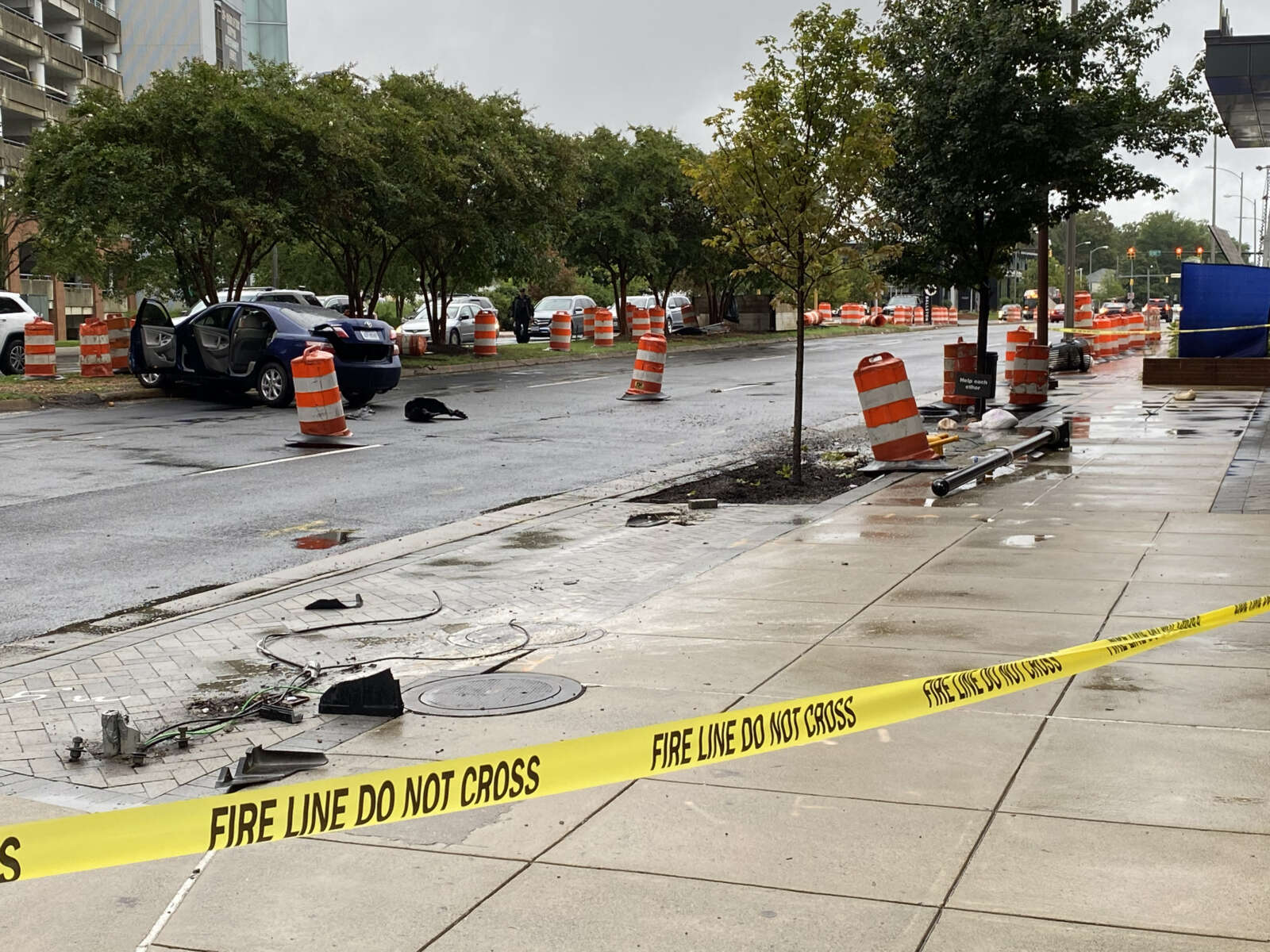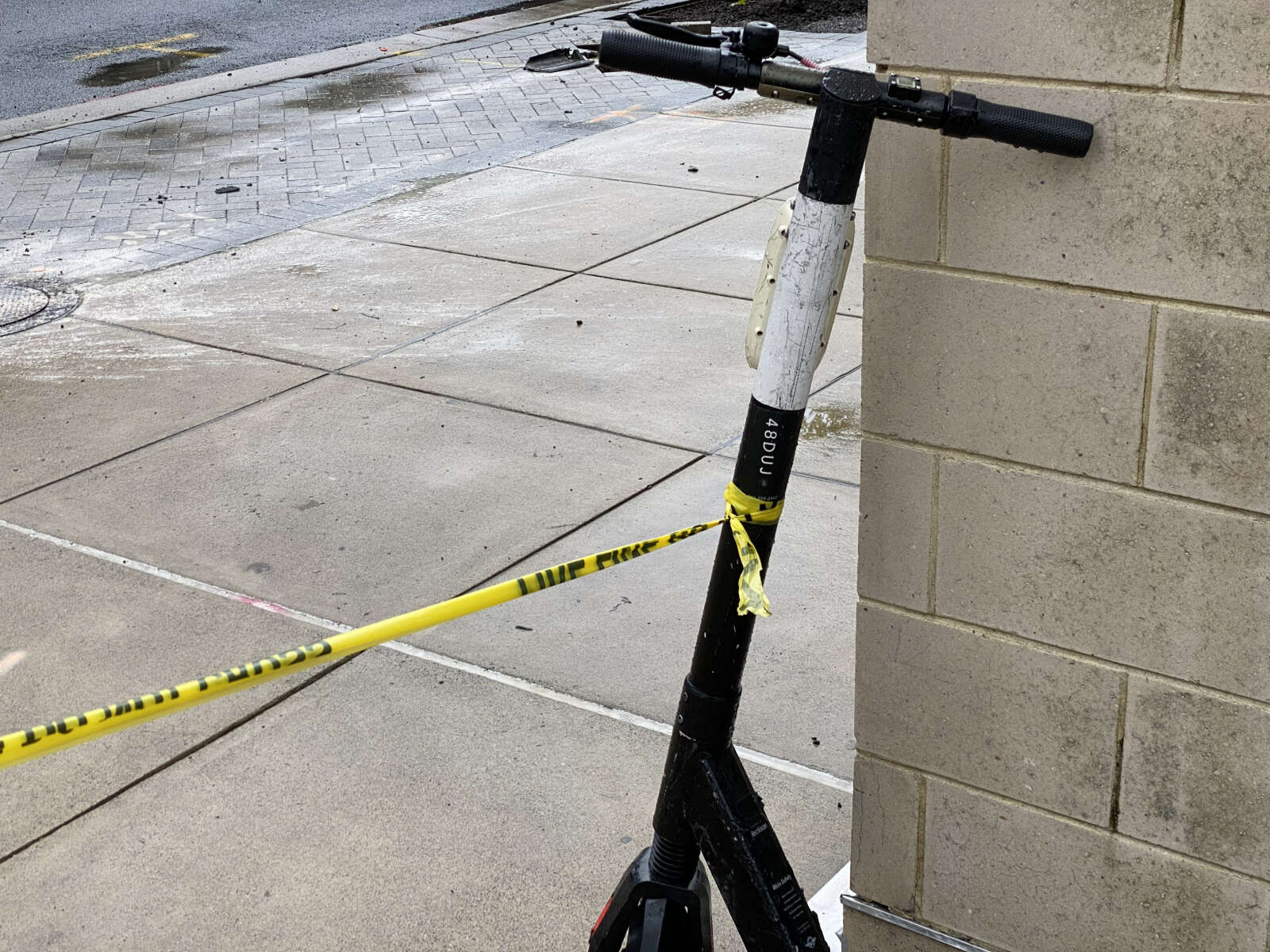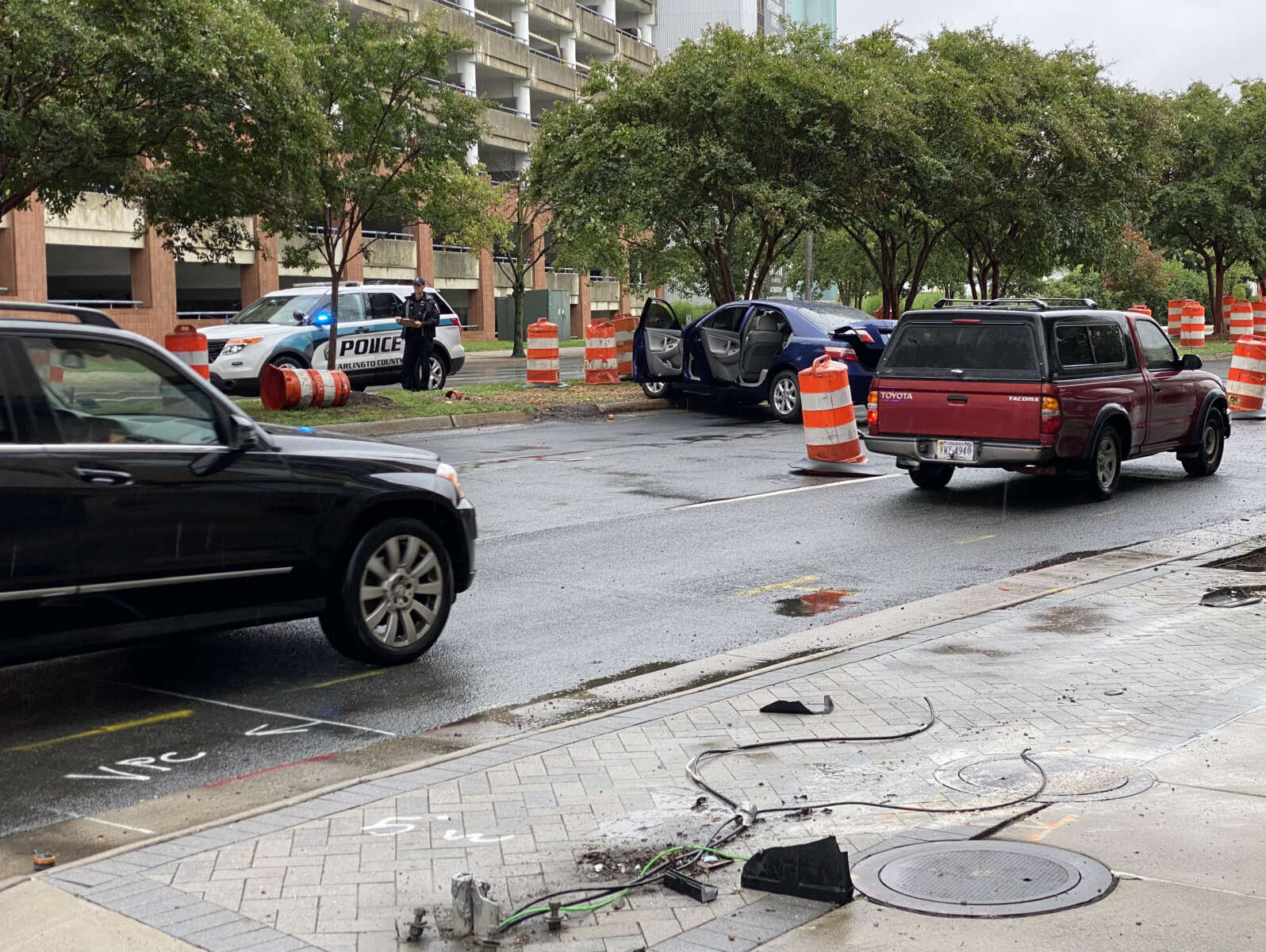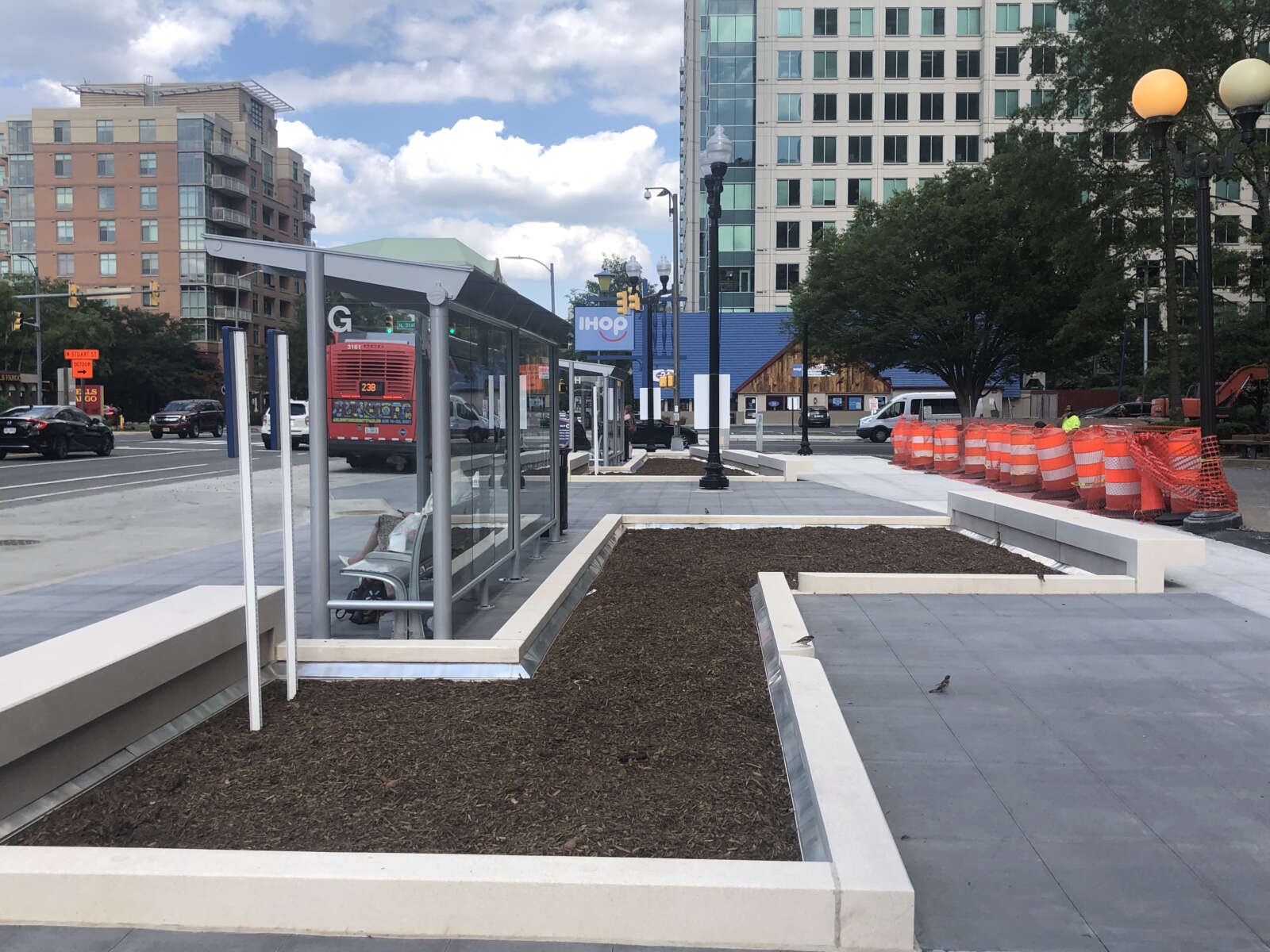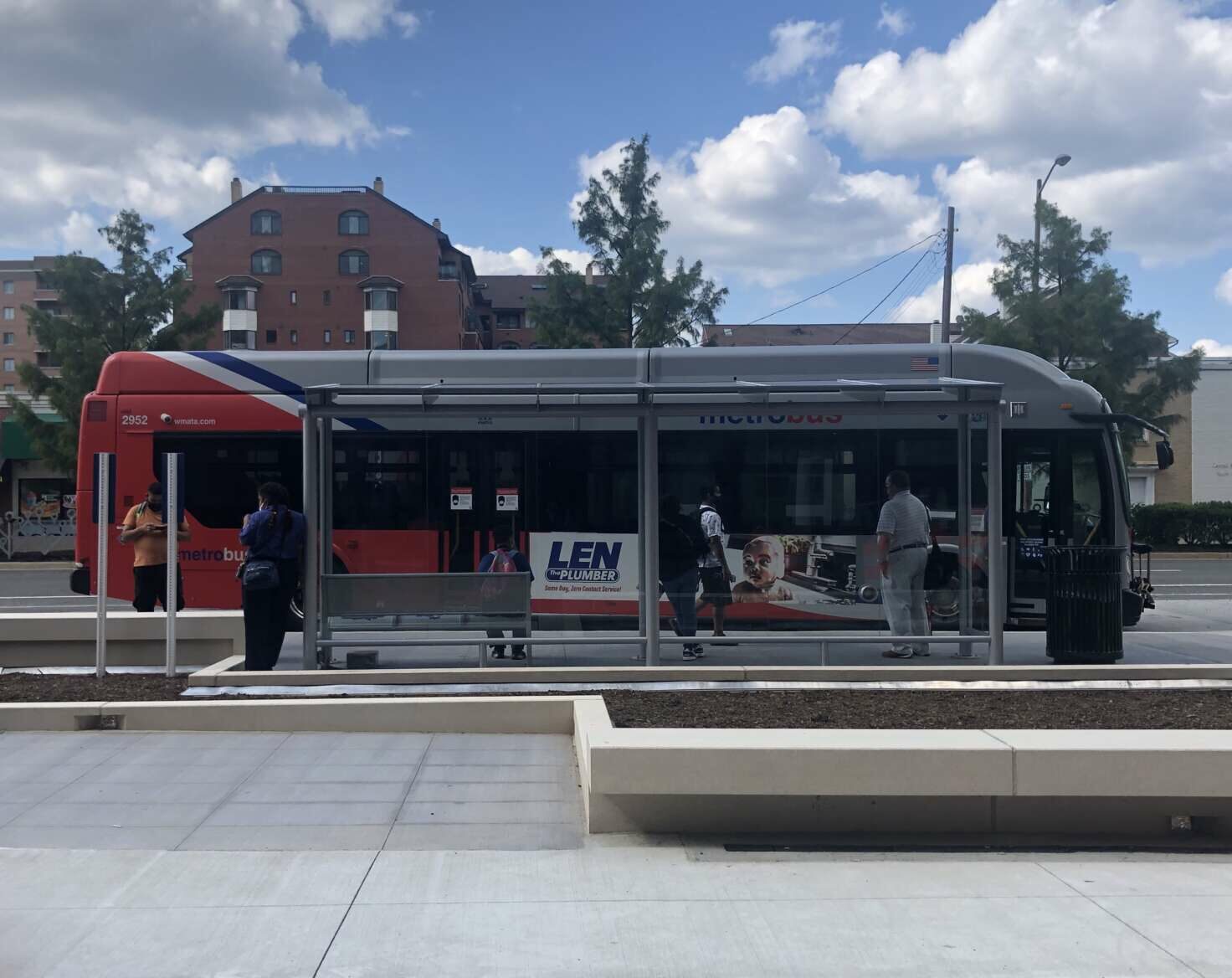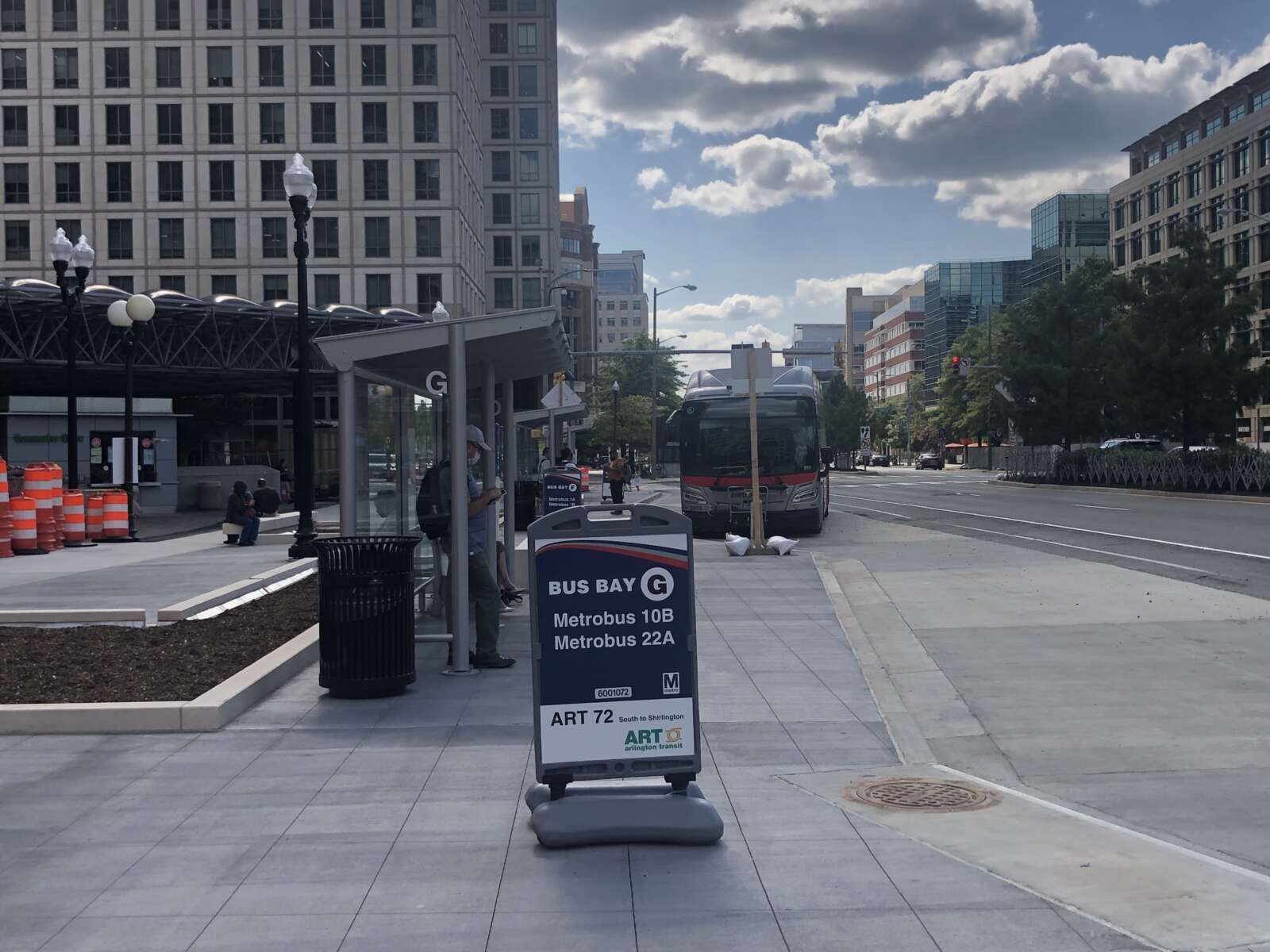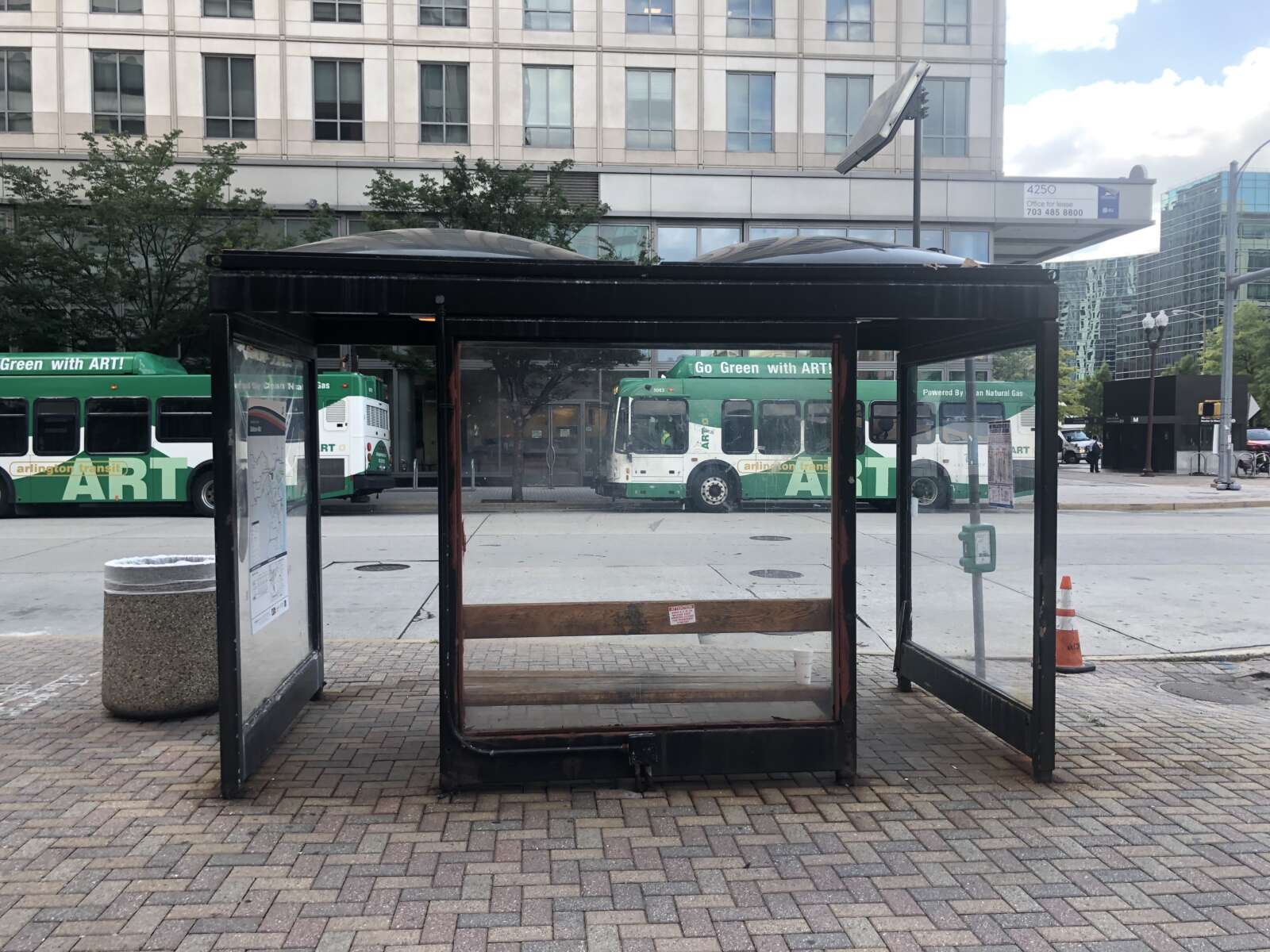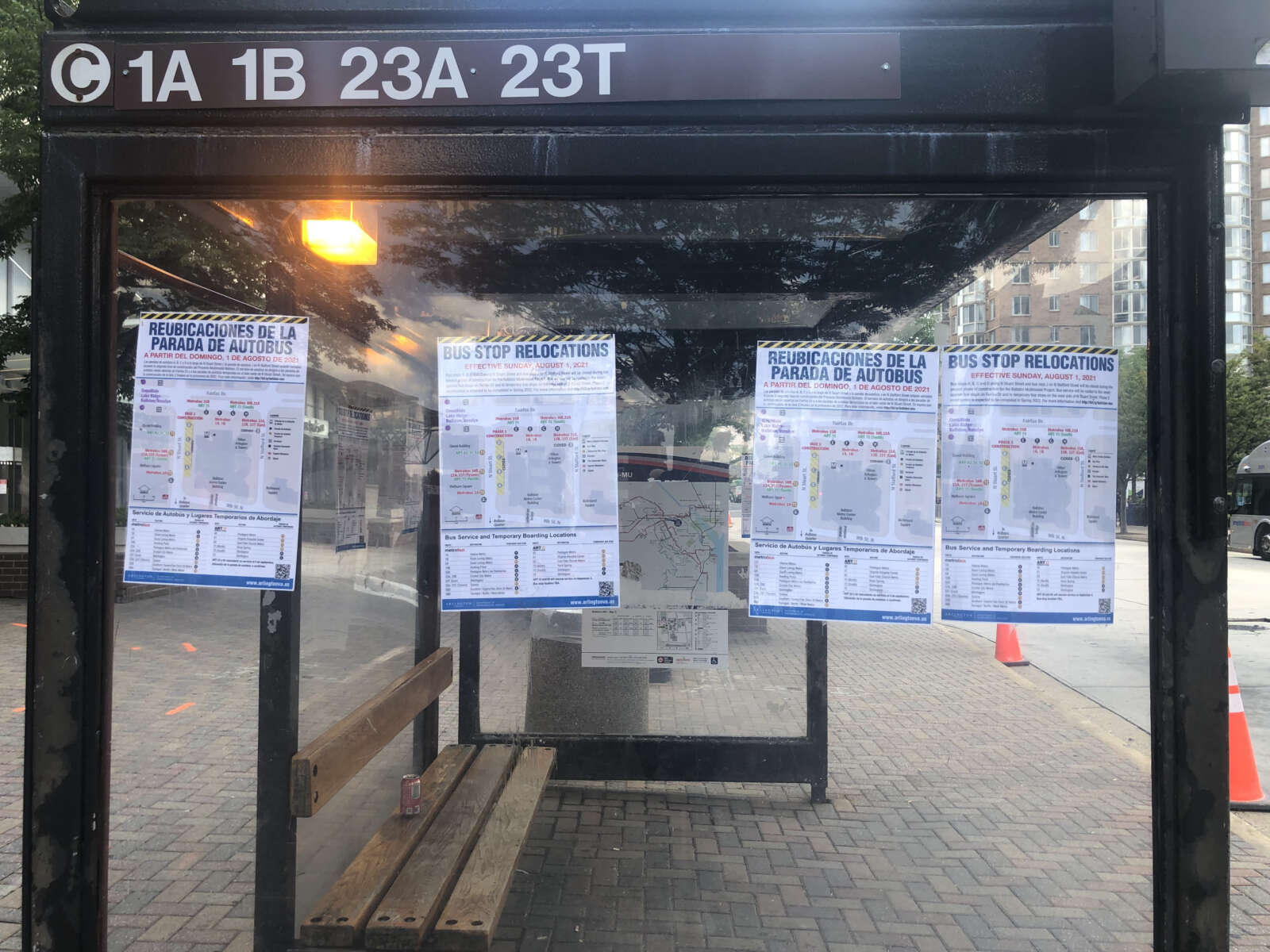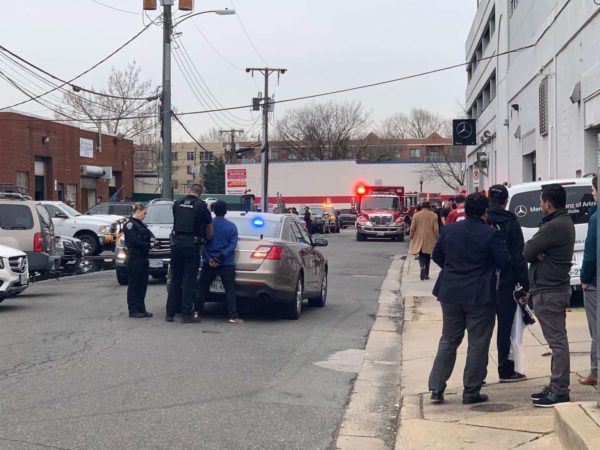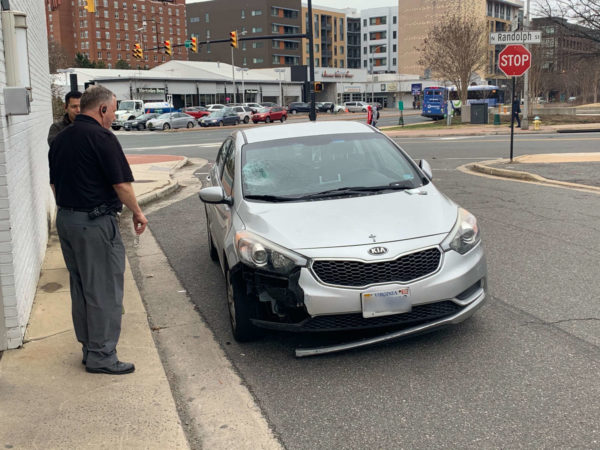Since 1980, Glebe Road has been considered the border between central and west Ballston.
But in recent years, the dividing lines drawn in Ballston’s 40-year-old sector plan have become more stark, with businesses thriving in one area and struggling in another.
Today, Ballston contains the densest census tract in the D.C. area. As more apartments and retail are proposed and built, however, some argue that the county needs to address the impact of uneven development on either side of Glebe.
Many of the new business openings orbit the Ballston Quarter mall and the ground floor of Ballston Exchange, both in the central part of the neighborhood. But west of Glebe Road and north of Carlin Springs Road — which is technically part of the Bluemont Civic Association — there have been numerous high-profile closures.
Leaders in planning and business development have different ideas for improving west Ballston, but they do share an interest in making it welcoming, walkable and sustainable without getting into the weeds of a sector plan update. During a joint County Board and Planning Commission meeting this month, Planning Commission Vice-Chair Daniel Weir stressed the importance of re-examining Ballston in the near future.
“Glebe Road continues to become a wall that separates east and west Ballston, which are separate communities,” Weir said. “Pedestrians and people not in cars are unwilling to cross five to seven lanes of traffic to get a very excellent donut or to go to one of the many restaurants that have been circulating through some of the bays there.”
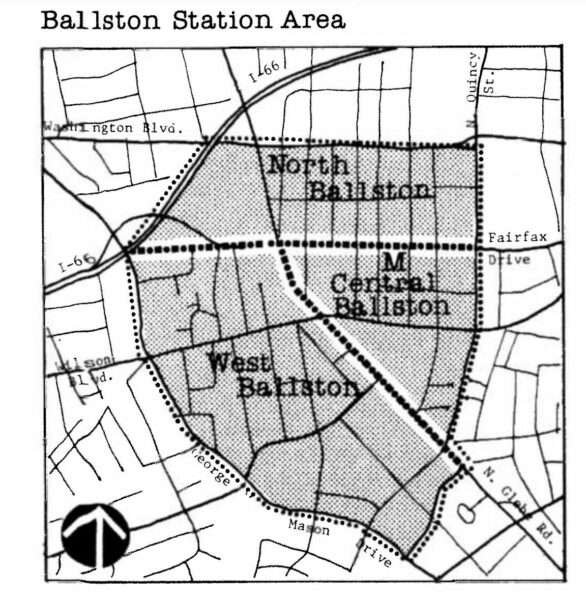
Rather than rewrite the admittedly old sector plan, which county staff don’t have the capacity for, he said they ought to take “a more agile, nimble approach.”
“It doesn’t need to be completed in 2022, but it’s an opportunity we can and should think about, especially since, if done right, it could be a model for more agile sector planning going forward,” he said.
Ballston BID CEO Tina Leone agrees that Glebe Road is a problem. She says no other road elicits the same number of complaints, ranging from excessive vehicle speed to unnerving pedestrian crossings. She suggested extending the sidewalks, turning some parking spaces into parklets and widening the medians.
“We need to come together as a neighborhood and work with county to solve the problem,” Leone tells ARLnow. “There hasn’t been a plan — everyone does their own thing and no one is looking at Glebe Road as an entity.”
In response, Arlington County’s Department of Community, Planning, Housing and Development said it is using and will continue to use opportunities during development, capital improvements and county programs such as Vision Zero to improve Ballston’s walkability.
“Over the past two decades, we’ve worked with partners to make N. Glebe Road in Ballston safer and more attractive for all users and have better integrated the street within Ballston’s overall urban fabric,” CPHD Director Anthony Fusarelli, Jr. said. “The County will continue to make the most of similar opportunities in the future.”
“Enhancements have occurred thanks to the combination of infill development, streetscape improvements, signalized pedestrian crossings, intersection improvements, and curb space management techniques, all of which have collectively and significantly improved the experience of traveling along and across N. Glebe Road in this area,” Fusarelli added.


